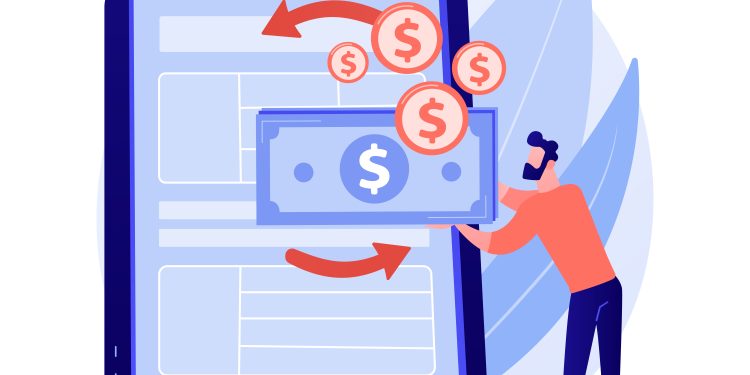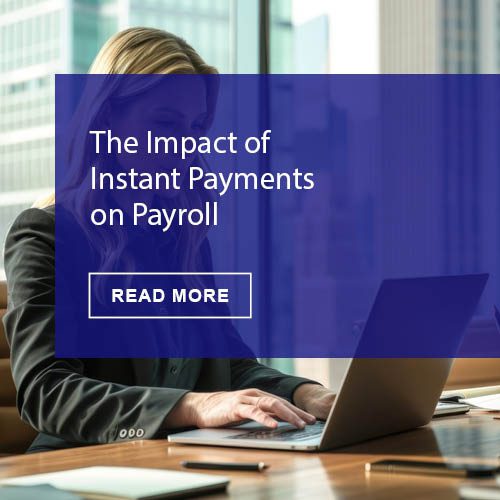The Atlanta Fed is making a strong case that instant payments—which can settle in seconds and be immediately available to the receiver—have the potential to extend financial benefits to those who don’t have full access to the banking system.
An instant payment system like FedNow, which debuted last July, could be a significant step toward bringing the underbanked fully into the modern payments environment.
The Federal Reserve defines payments inclusion as a state where everyone has access to efficient, secure, and affordable payments services. In an essay, Lali Shaffer, a payments risk expert at the Atlanta Fed, describes two specific barriers that instant payments can help address: high and unpredictable fees, and funds availability timing.
High, Unpredictable Fees
High and unpredictable fees are a common and often unexpected roadblock for those who do not fully participate in the financial system. A May Fed survey revealed that 45% of consumers cited fees as a major pain point making instant payments more attractive.
The Consumer Financial Protection Bureau found that among those with one to three overdraft fees in the last year, 51% were surprised by the charges, which have a median fee of $35. By providing precise fund availability, instant payments can help consumers avoid these fees.
Funds Availability Timing
For households living paycheck to paycheck, the immediate availability of funds is the primary benefit of instant payments, according to Shaffer. An instant payments system could bring more reliability to not just paychecks but also other reimbursements for those under financial pressure, such as government benefits or insurance payouts. Larger organizations, such as the federal government, would find it easier to participate in instant payments.
Other governments have already utilized instant payments to benefit those without full access to banking.
“In other countries, such as Brazil, India, and Thailand, the government leverages real-time payments to promote digital payments and access to the formal financial system,” said Elisa Tavilla, Director of Debit Payments at Javelin Strategy & Research. “For small businesses in the U.S. and elsewhere, instant payments and faster payouts enable digital payment acceptance at lower costs and cash flow improvement.
“For consumers, real-time payments allow for earned wage access and timelier payment disbursements, which helps improve liquidity,” she said. “That’s one reason so many consumers and businesses are looking to their primary financial institutions to provide real-time payment services.”











